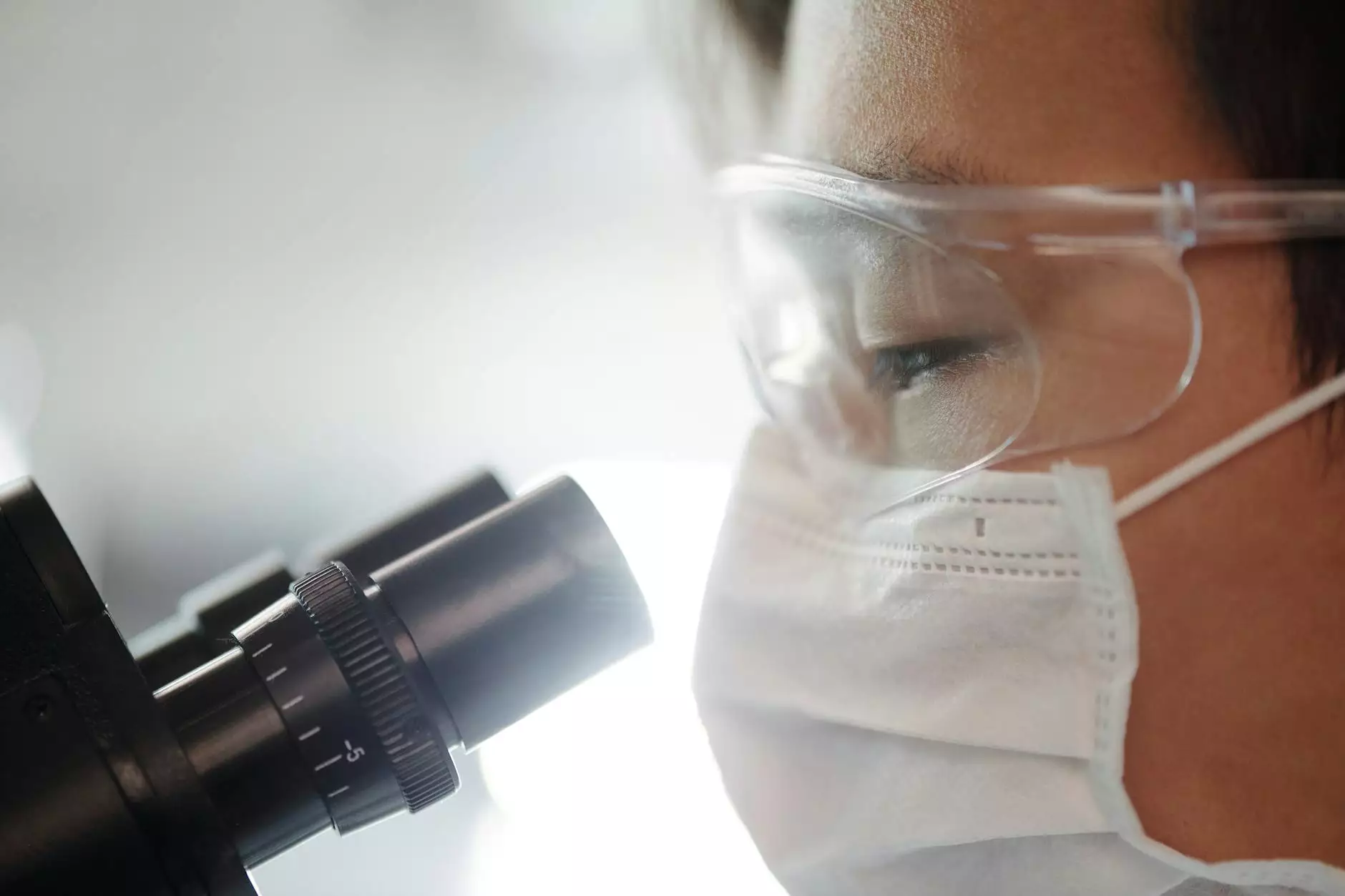Lung Nodules Treatment Options

The detection of lung nodules can be a source of anxiety for many patients. However, understanding the various lung nodules treatment options available is essential for ensuring the best possible outcomes. In this detailed article, we will delve into what lung nodules are, how they are diagnosed, the different types of treatment options available, and much more. Our goal is to equip you with the knowledge you need to navigate this complex medical issue confidently.
Understanding Lung Nodules
Lung nodules, also known as pulmonary nodules, are small masses that form in the lungs. These nodules can be benign (non-cancerous) or malignant (cancerous). The size, shape, and characteristics of the nodule can provide crucial information regarding its potential risks.
According to the American Thoracic Society, the majority of lung nodules detected during imaging studies are benign. Common causes of benign lung nodules include:
- Infections: Such as tuberculosis or fungal infections.
- Inflammatory conditions: Including sarcoidosis or rheumatoid arthritis.
- Benign tumors: Such as hamartomas.
On the other hand, malignant nodules may indicate lung cancer, necessitating further investigation and likely treatment. Early detection and evaluation are crucial for effective management.
Diagnosis of Lung Nodules
The key to effectively treating lung nodules lies in accurate and timely diagnosis. The following methods are commonly used to evaluate lung nodules:
- Imaging Tests: Chest X-rays and high-resolution CT scans are standard procedures to identify and monitor lung nodules.
- Biopsy: If there is a suspicion of cancer, a biopsy may be performed to obtain tissue samples for further analysis.
- Positron Emission Tomography (PET) scans: This imaging technique can help assess the activity of nodules and whether they may be malignant.
After diagnosis, the focus shifts to determining the appropriate lung nodules treatment options based on the nodule's characteristics and the patient's medical history.
Lung Nodules Treatment Options
Treatment for lung nodules varies significantly based on whether the nodule is benign or malignant. Below, we explore the available treatment modalities:
1. Monitoring
In many cases, the best course of action is careful monitoring. This approach is particularly common for benign nodules. Regular follow-up imaging studies can track the nodule's size and characteristics to ensure there are no changes that might indicate malignancy. Typically, a CT scan is performed every six to twelve months for this purpose.
2. Surgical Intervention
If a lung nodule is determined to be malignant, surgical intervention is often necessary. The most common procedures include:
- Lobectomy: The removal of an entire lobe of the lung containing the tumor.
- Pneumonectomy: Removal of an entire lung when the nodule presents a significant threat.
- Segmentectomy: Removal of a smaller section of the lung, which may be adequate for some small malignancies.
Surgery is typically followed by rehabilitation to restore lung function and promote recovery.
3. Medical Therapy
For patients who cannot tolerate surgery or for those with advanced lung cancer, medical therapies may be an option. These treatments can include:
- Chemotherapy: A systemic treatment that attacks rapidly dividing cancer cells.
- Targeted Therapy: Medications that specifically target genetic mutations found in certain types of lung cancer.
- Immunotherapy: A form of treatment that helps the immune system fight the cancer.
These treatments are often combined and adjusted based on the patient’s responses and side effects experienced.
4. Radiation Therapy
Radiation therapy may be utilized either as a primary treatment for inoperable lung cancer or as an adjunct to surgery. This treatment uses high-energy rays to kill cancer cells or shrink tumors before surgery. The application of radiation therapy is tailored to fit the individual needs of each patient.
Factors Influencing Treatment Decisions
Several factors influence the choice of treatment for lung nodules, including:
- Nodule Characteristics: Size, shape, and growth rate can all provide insights into the nature of the nodule.
- Patient's Age and Health: Younger and healthier individuals might tolerate aggressive treatments better.
- Preferences: Patient desires and lifestyle considerations play a critical role in treatment choices.
Conclusion
In summary, the journey through the diagnosis and treatment of lung nodules can be daunting, but with an understanding of available lung nodules treatment options, patients can feel empowered. Engaging a medical team experienced in pulmonary health can help navigate this process, from initial diagnosis through treatment and follow-up care.
At Neumark Surgery, we are dedicated to providing comprehensive care for patients facing lung nodules. Our experienced team is here to guide you through every step, ensuring that you receive personalized treatment tailored to your specific situation. Whether you require monitoring, surgical options, or medical therapy, your health is our top priority.
Remember, early detection and intervention are key in successfully managing lung nodules. Don't hesitate to reach out for expert advice and support.



